17 U.S. Animals That Made A Surprise Comeback
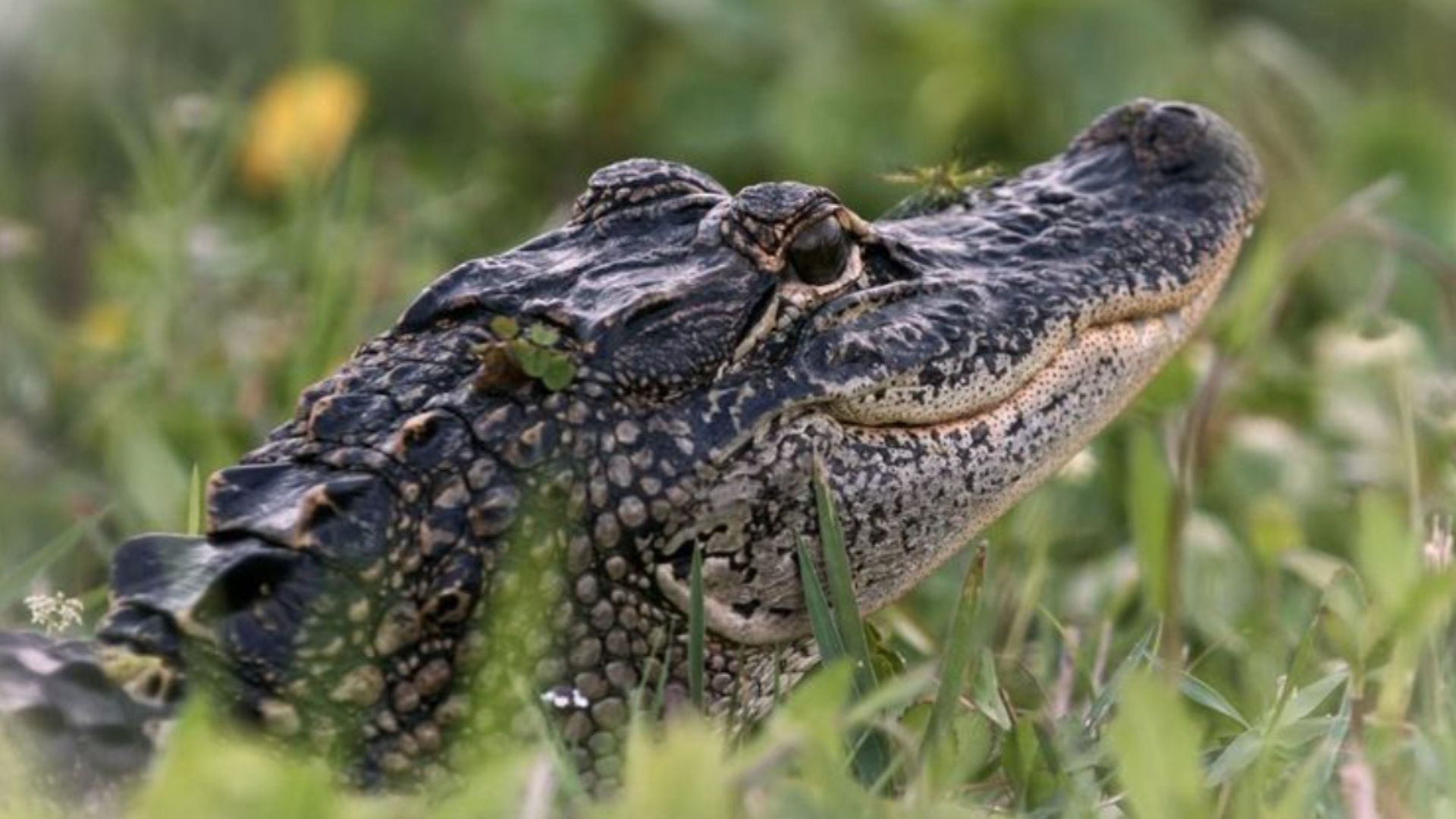
Just when we thought they were gone for good, nature had other plans! Some animals in the U.S. seemed to vanish without a trace – only to reappear when we least expected it.
Whether rediscovered in remote forests, sneaking through backyards, or making an epic return to the wild, these creatures have proven that nature is full of surprises.
From elusive predators to forgotten species, here are the incredible animals that made an unexpected comeback!
1. American Bison
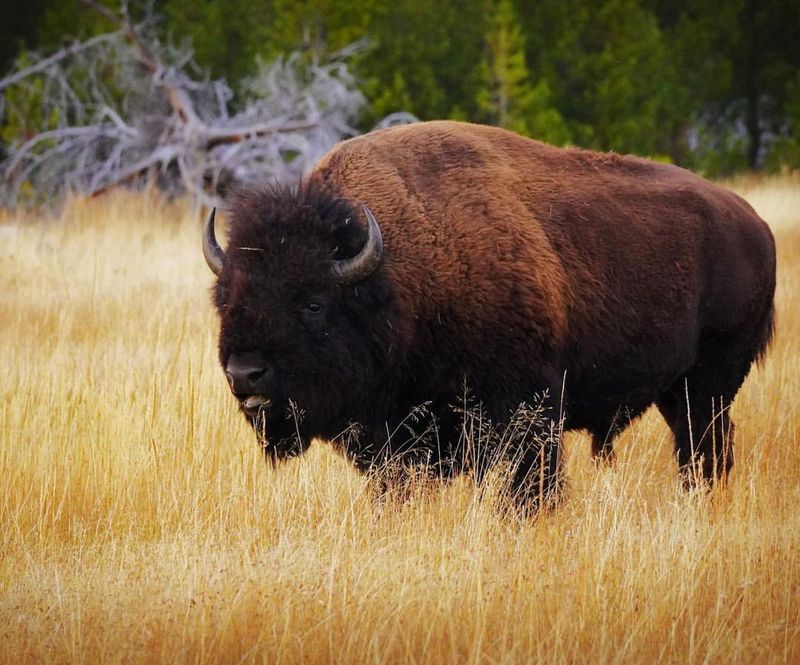
The American Bison is a symbol of strength and survival. Once roaming the vast plains of North America in millions, their numbers dwindled to a mere few hundred by the late 1800s due to excessive hunting and habitat loss. Conservation efforts, including wildlife refuges and breeding programs, have helped their numbers rebound significantly.
Bison are characterized by their massive heads, thick fur, and a distinctive hump on their shoulders. These majestic creatures are now a common sight in national parks and wildlife reserves. Their comeback is attributed to legislative protection and reintroduction projects.
Today, the American Bison is not just a symbol of the Wild West but also a testament to successful conservation. As they graze peacefully in protected areas, they remind us of the importance of preserving our natural heritage. Their story is not just one of survival but also of the power of human intervention for positive environmental impact.
2. Bald Eagle
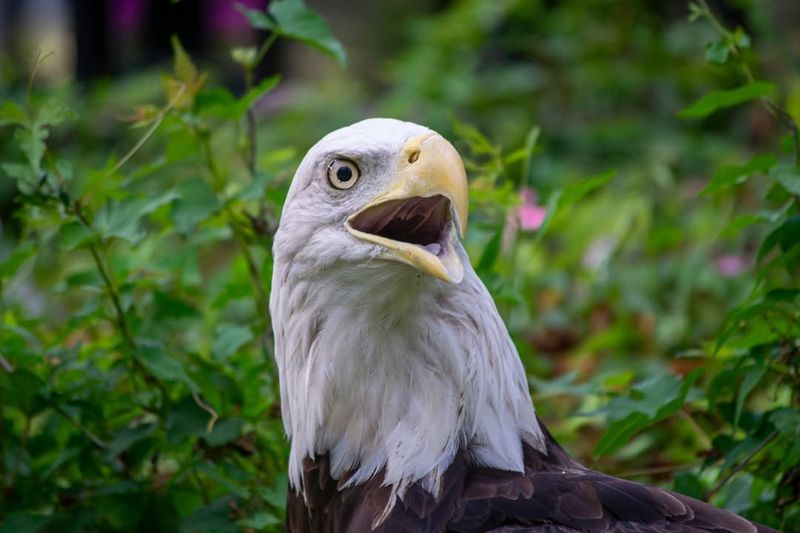
America’s national bird faced a severe decline due to habitat destruction and the use of the pesticide DDT. However, with the banning of DDT in 1972 and extensive conservation efforts, these magnificent birds have made a stunning comeback.
Recognizable by their white heads and tails contrasting with dark brown bodies and wings, Bald Eagles are a sight to behold. Their nests, often located near large bodies of water, can weigh up to a ton, a testament to their industrious nature.
Their recovery is one of the most successful conservation stories. From being on the brink of extinction to now thriving in the wild, Bald Eagles symbolize freedom and resilience. Their presence across the United States is a reminder of the critical importance of environmental protection and the benefits of regulatory measures to safeguard wildlife.
3. Gray Wolf
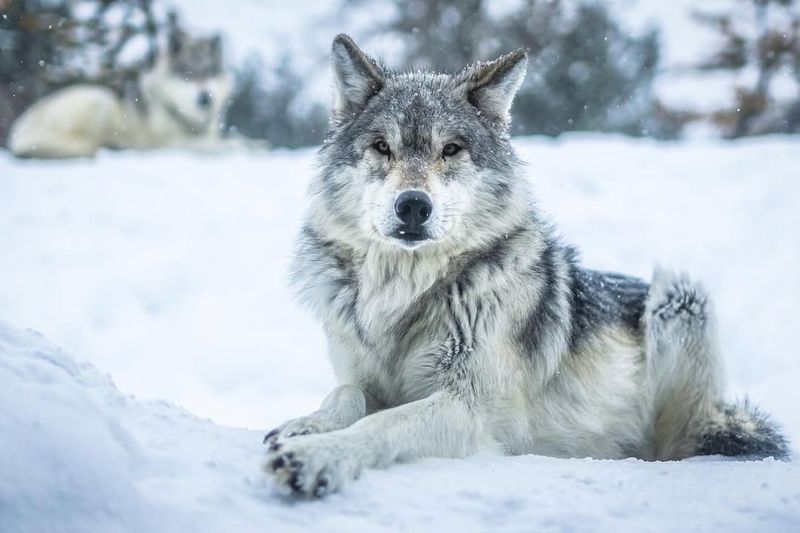
Gray Wolves have long been a symbol of wilderness and mystery. Once widespread across North America, they faced near extinction in the contiguous U.S. due to hunting and habitat loss. The Endangered Species Act of 1973 marked a turning point in their conservation.
The reintroduction of wolves to Yellowstone National Park in the mid-1990s was a pivotal moment. This initiative not only helped restore the wolf population but also had positive ecological effects, including the regulation of prey species and the promotion of biodiversity.
Today, Gray Wolves stand as a testament to the complex interplay between predators and their environments. Their haunting howls echo through forests once again, a sound that signifies recovery and balance in ecosystems. Their story illustrates the success of targeted conservation efforts and the importance of understanding ecological dynamics.
4. California Condor
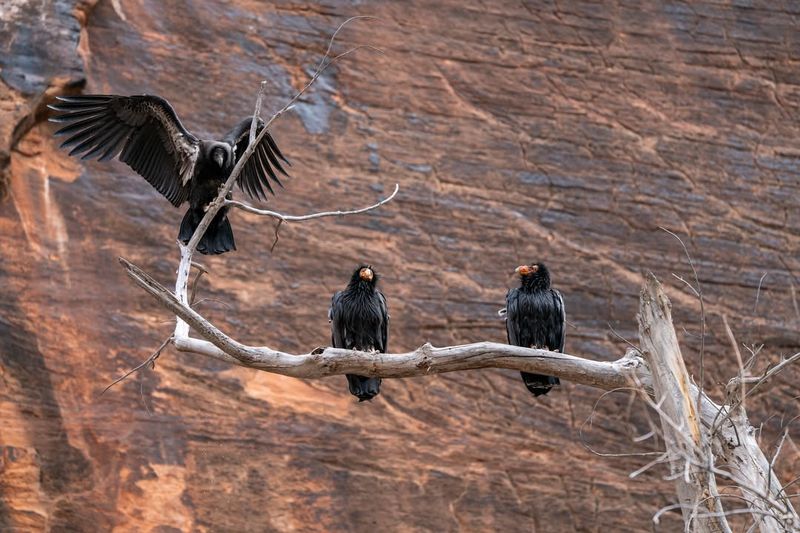
With its impressive wingspan and striking appearance, the California Condor came perilously close to extinction in the 1980s. With numbers reduced to a critical low, a controversial but necessary captive breeding program was initiated.
Thanks to these efforts, the condor population has gradually increased, with birds being reintroduced into the wild. These scavengers play a vital role in their ecosystems by cleaning up carrion and preventing the spread of disease.
The sight of a California Condor soaring across the sky is a powerful symbol of rebirth. Their comeback signifies not only the success of dedicated conservation initiatives but also the careful balance required in managing and restoring endangered species. The challenges faced and overcome in their revival offer valuable lessons for future conservation efforts.
5. American Alligator
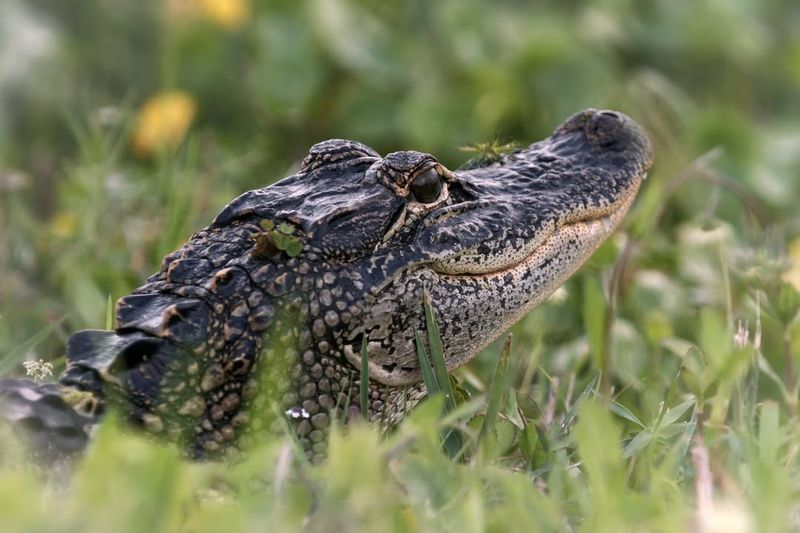
The American Alligator, once listed as endangered due to hunting and habitat loss, has made an extraordinary recovery. Found primarily in the southeastern United States, these reptiles are now thriving in their natural habitats.
Conservation measures, including legal protection and habitat preservation, have played significant roles in their resurgence. The alligator’s population has grown to a point where they are now classified as a success story in wildlife management.
Known for their powerful jaws and armored bodies, American Alligators are vital to their ecosystems, maintaining the balance by controlling prey populations. Their success reflects the efficacy of protective legislation and the importance of human efforts in conservation. As these prehistoric creatures continue to thrive, they remind us of the resilience of nature when given a chance.
6. Sea Otter
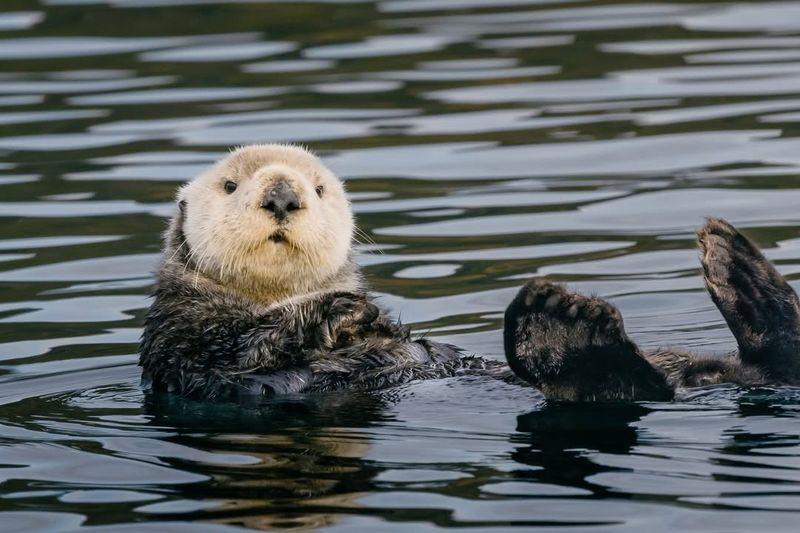
Sea Otters, once driven to the brink by hunting for their luxurious fur, have made a heartwarming comeback along the Pacific coast. Legal protections and conservation efforts have been pivotal in their recovery.
These marine mammals are known for their playful behavior and use of tools, such as rocks to crack open shellfish. They play a crucial role in maintaining the health of kelp forests by preying on sea urchins, which can otherwise devastate these underwater ecosystems.
Sea Otters are now considered a conservation success story, illustrating the positive impact of protective measures. Their thriving populations are a testament to the importance of preserving biodiversity and the interconnectedness of marine ecosystems. As they float in the ocean, holding hands and basking in the sun, they capture the hearts of all who witness their playful antics.
7. Peregrine Falcon
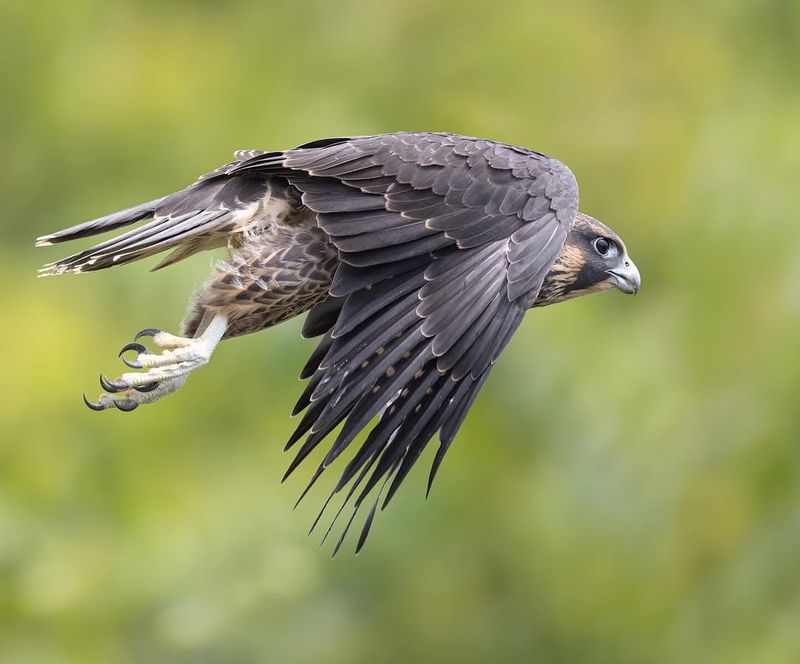
Known for its breathtaking speed, the Peregrine Falcon faced near extinction due to pesticide exposure, particularly DDT. However, conservation efforts, including banning harmful chemicals and breeding programs, have led to a remarkable resurgence.
Recognized as one of the fastest animals on the planet, Peregrine Falcons can reach speeds of over 240 miles per hour during a dive. These birds have adapted well to urban environments, often nesting on skyscrapers and bridges.
Their recovery showcases the success of targeted conservation actions and the adaptability of wildlife. From soaring high above city skylines to nesting in remote cliffs, Peregrine Falcons continue to awe birdwatchers and nature enthusiasts alike. Their resurgence is a powerful example of nature’s resilience and the impact of human intervention in reversing the damage done to wildlife.
8. Manatee
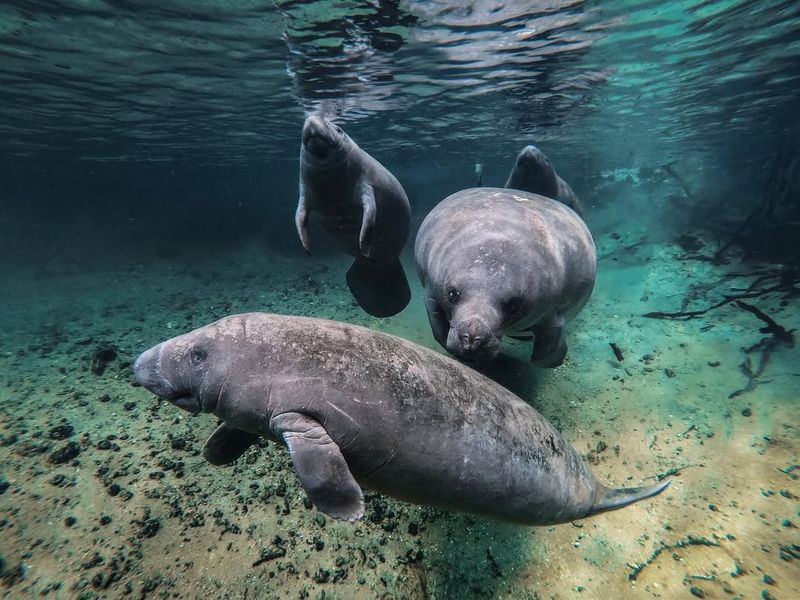
The gentle giants of the sea, Manatees have seen a promising comeback thanks to conservation efforts and habitat protection. Found in the warm waters of Florida, these slow-moving mammals were once threatened by boat collisions and habitat loss.
Efforts to protect manatees include speed limits for boats in manatee zones and dedicated sanctuaries. These measures have helped stabilize and even increase their populations over recent years.
Manatees are often referred to as “sea cows” due to their grazing habits on seagrasses. Their comeback is celebrated as a victory for marine conservation and highlights the importance of community involvement in preserving natural habitats. As they glide gracefully through the water, manatees serve as ambassadors for ocean conservation, teaching us the value of protecting our marine environments for future generations.
9. American Beaver
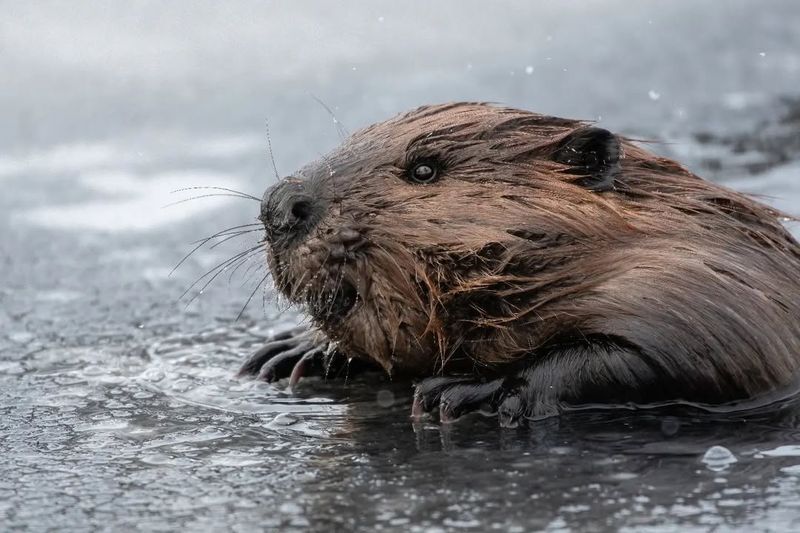
The American Beaver, nature’s skilled architect, has made an impressive comeback after being extensively hunted for their fur. Conservation laws and changing attitudes towards wildlife have facilitated their return.
Beavers are known for their ability to transform landscapes. Their dams create wetlands that provide habitats for countless species, improving biodiversity and water quality. This ecosystem engineering benefits both nature and humans.
Their return is a testament to the dynamic nature of ecosystems and the role species play in ecological balance. By allowing beavers to thrive, we support the health of our waterways and the creatures that depend on them. As these industrious animals continue to build and shape their environments, they remind us of the interconnectedness of life and the importance of every player in the natural world.
10. Eastern Bluebird
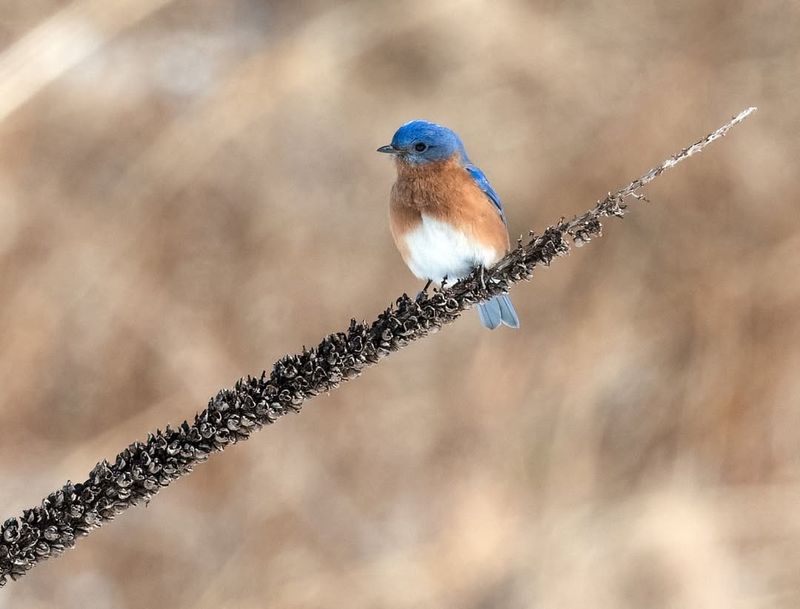
With their brilliant plumage and cheerful songs, Eastern Bluebirds have made a heartening comeback in recent decades. Once facing population declines due to habitat loss and competition from invasive species, these birds have been aided by conservation efforts.
The installation of bluebird nest boxes has played a pivotal role in their recovery. These structures provide safe nesting sites away from predators and competitors, allowing bluebird populations to flourish.
Eastern Bluebirds are not only a joy to behold but also serve as indicators of healthy ecosystems. Their resurgence is a testament to the effectiveness of community conservation programs and the positive impact of small-scale interventions. As they flit across meadows and fields, their presence brightens the landscape and our spirits, symbolizing hope and the beauty of nature’s resilience.
11. Whooping Crane
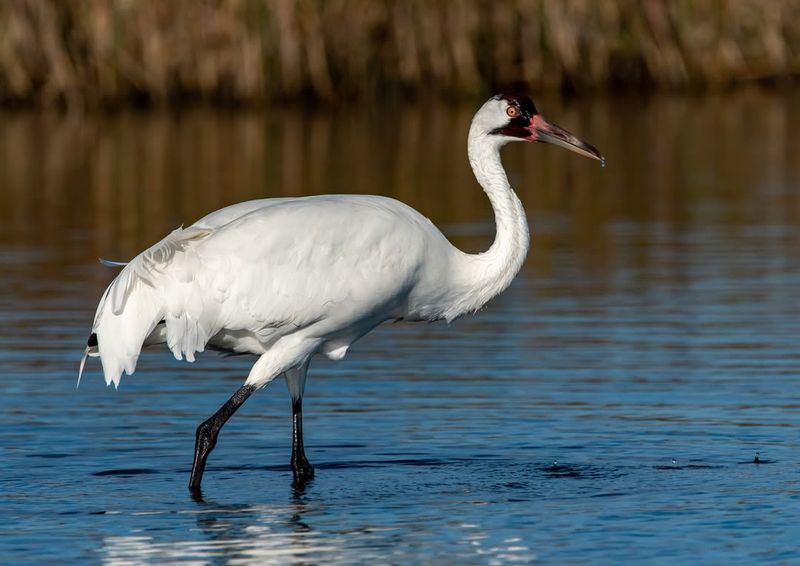
The Whooping Crane, one of North America’s rarest birds, has made a remarkable comeback from the brink of extinction. With numbers dwindling to just 21 individuals in the 1940s, intensive conservation efforts have been crucial.
Captive breeding programs and habitat preservation have played significant roles in their recovery. Today, Whooping Cranes can be seen in the wild, their distinctive calls echoing through wetlands.
Their comeback is a powerful symbol of hope and the impact of dedicated conservation work. These majestic birds remind us of the fragility of our natural world and the importance of safeguarding endangered species. As they grace the skies with their presence, Whooping Cranes inspire us to continue working towards a future where wildlife can thrive.
12. American Black Bear
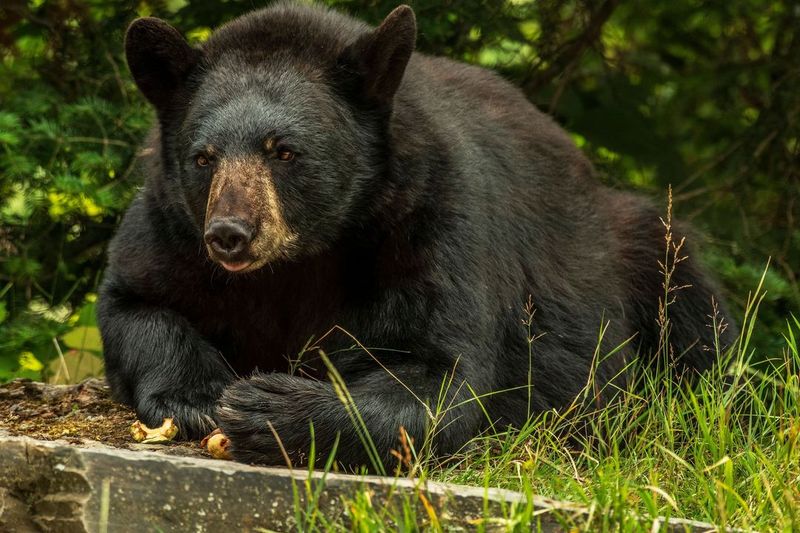
The American Black Bear, once in decline due to habitat loss and hunting, has made a significant return across the United States. Conservation efforts, including habitat preservation and hunting regulations, have been key to their resurgence.
Black Bears are known for their adaptability, thriving in a variety of habitats from dense forests to mountainous regions. Their diet is versatile, ranging from berries and insects to small mammals.
Their recovery highlights the importance of maintaining large, connected habitats for wildlife. As Black Bears continue to roam and forage, they play an essential role in their ecosystems, dispersing seeds and maintaining balance. Their presence is a reminder of the successful coexistence between humans and wildlife, showing that with the right measures, we can ensure a thriving future for our natural world.
13. Gray Whale
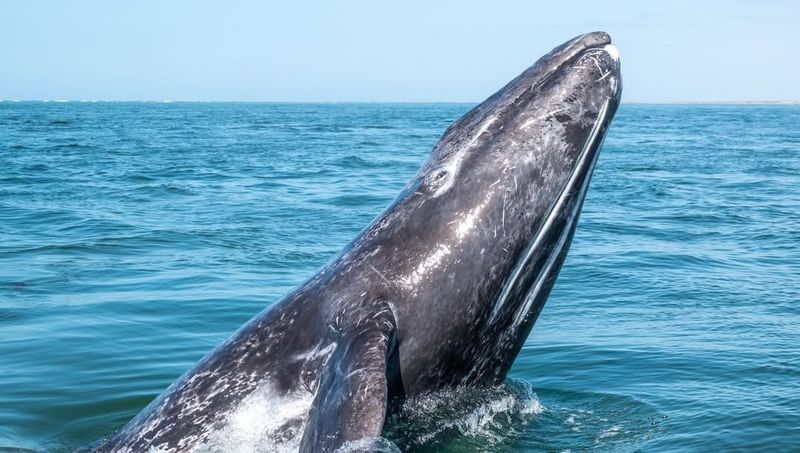
Gray Whales have made a phenomenal comeback after being nearly hunted to extinction. Found along the Pacific coast, their migration is one of the longest known among mammals.
International protection and whale-watching tourism have contributed greatly to their recovery. These gentle giants are now a common sight, delighting onlookers with their acrobatics and spouts.
Their resurgence underscores the effectiveness of global conservation agreements and the economic benefits of ecotourism. As ambassadors of the ocean, Gray Whales teach us about the wonders of marine life and the importance of sustainable practices. Their story is a beacon of hope, showing that with collective effort, endangered species can once again thrive.
14. Red-Cockaded Woodpecker
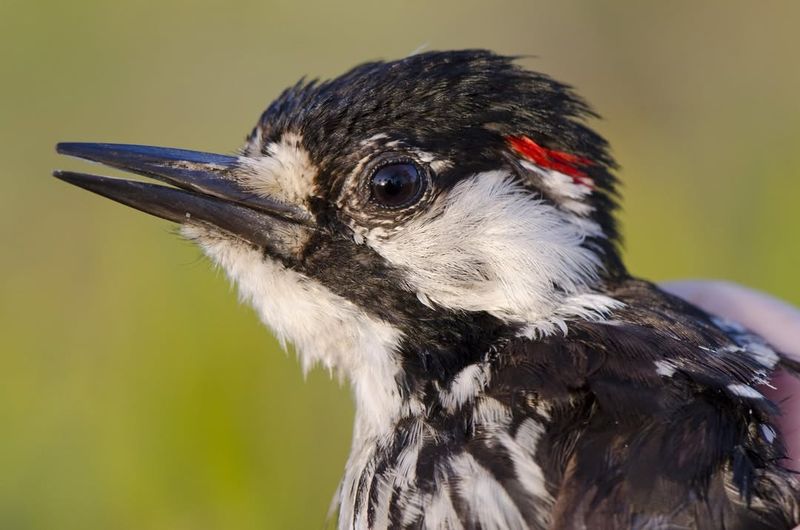
The Red-Cockaded Woodpecker, native to the southeastern United States, faced a severe decline due to habitat loss. The longleaf pine forests, their primary habitat, were heavily logged and converted to agriculture.
Conservation efforts, including habitat restoration and the creation of artificial nesting cavities, have facilitated their comeback. These birds play a vital role in their ecosystems by controlling insect populations.
Their recovery is a testament to the effectiveness of targeted habitat management and restoration. As they tap away at tree trunks, Red-Cockaded Woodpeckers remind us of the intricate connections within ecosystems and the importance of preserving native habitats. Their presence signifies a brighter future for biodiversity and the continued need for conservation action.
15. River Otter
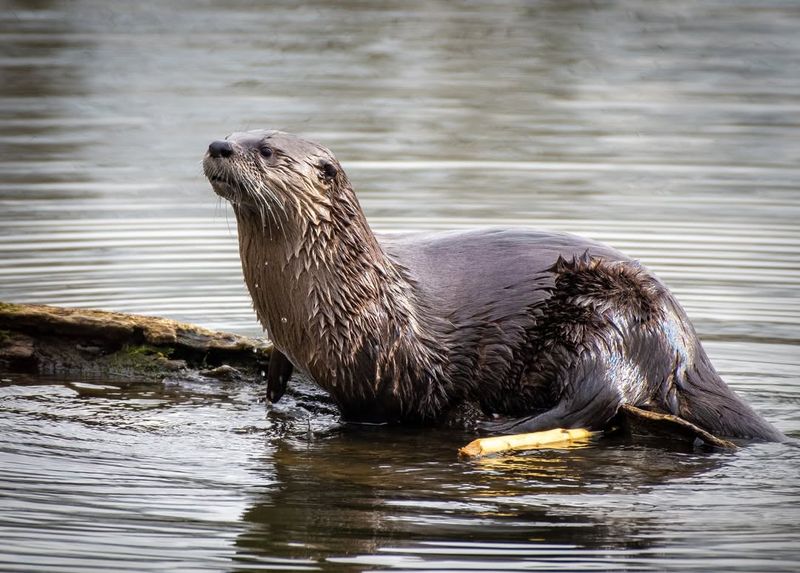
Known for their playful antics, River Otters have made a remarkable comeback in water bodies across the United States. Once threatened by habitat destruction and pollution, conservation efforts have been key to their rebound.
These agile swimmers thrive in healthy river ecosystems, where they maintain fish populations and contribute to aquatic biodiversity. Their playful behavior and social nature make them a delight to observe in the wild.
Their return highlights the success of waterway restoration and pollution control measures. As River Otters frolic in streams and rivers, they remind us of the joy and vitality of a thriving natural world. Their story is a testament to the positive impacts of environmental stewardship and the importance of protecting our waterways for future generations.
16. Northern Elephant Seal
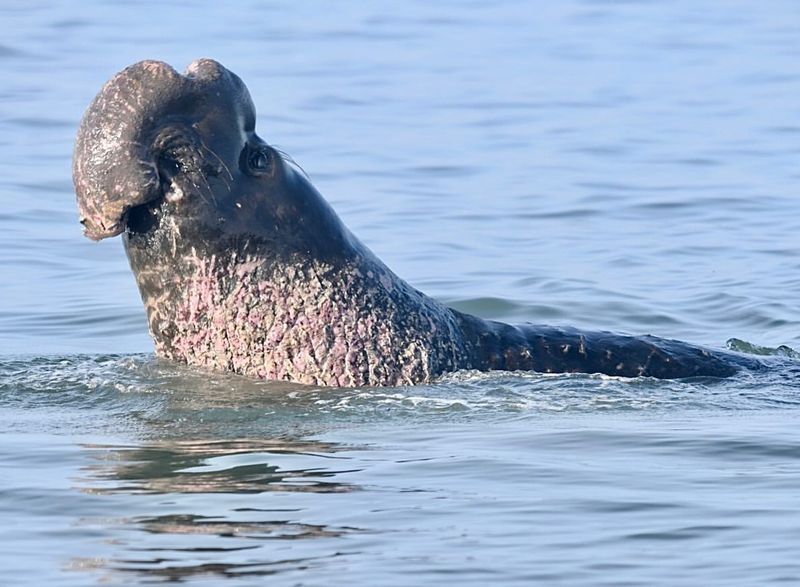
Northern Elephant Seals have made an astounding comeback after being nearly wiped out by hunting. Once numbering in the hundreds, their population now flourishes along the Pacific coast.
These massive marine mammals are known for their distinctive appearance, with males sporting a large, trunk-like nose. Their recovery has been buoyed by protective legislation and the establishment of marine protected areas.
Their resurgence is a triumph of marine conservation, demonstrating the power of legal protection and habitat preservation. As they bask on sandy beaches, Northern Elephant Seals serve as a reminder of the ocean’s resilience and the ongoing need to safeguard our marine environments. Their journey from near extinction to abundance is an inspiring story of renewal and hope.
17. Green Sea Turtle
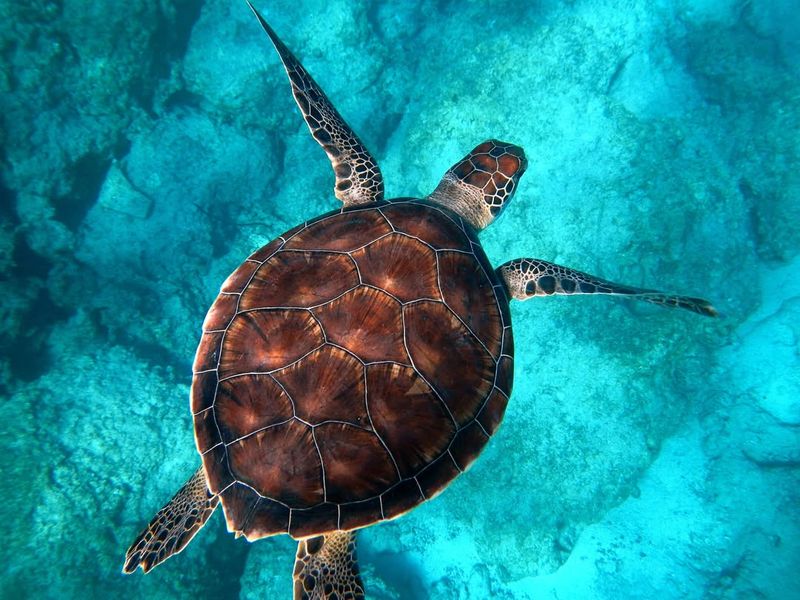
Green Sea Turtles have made a heartening recovery, thanks to international conservation efforts and protective legislation. Once threatened by poaching and habitat destruction, their numbers are now steadily increasing.
These ancient reptiles play a crucial role in maintaining the health of coral reefs and seagrass beds. Their recovery is a testament to the efficacy of marine protected areas and nesting site protection.
As ambassadors of the ocean, Green Sea Turtles highlight the interconnectedness of marine ecosystems and the importance of global cooperation in conservation. Their graceful movements through the water inspire awe and remind us of the beauty and fragility of our planet’s oceans. Their comeback is a beacon of hope for marine biodiversity and the continued efforts to preserve it.
